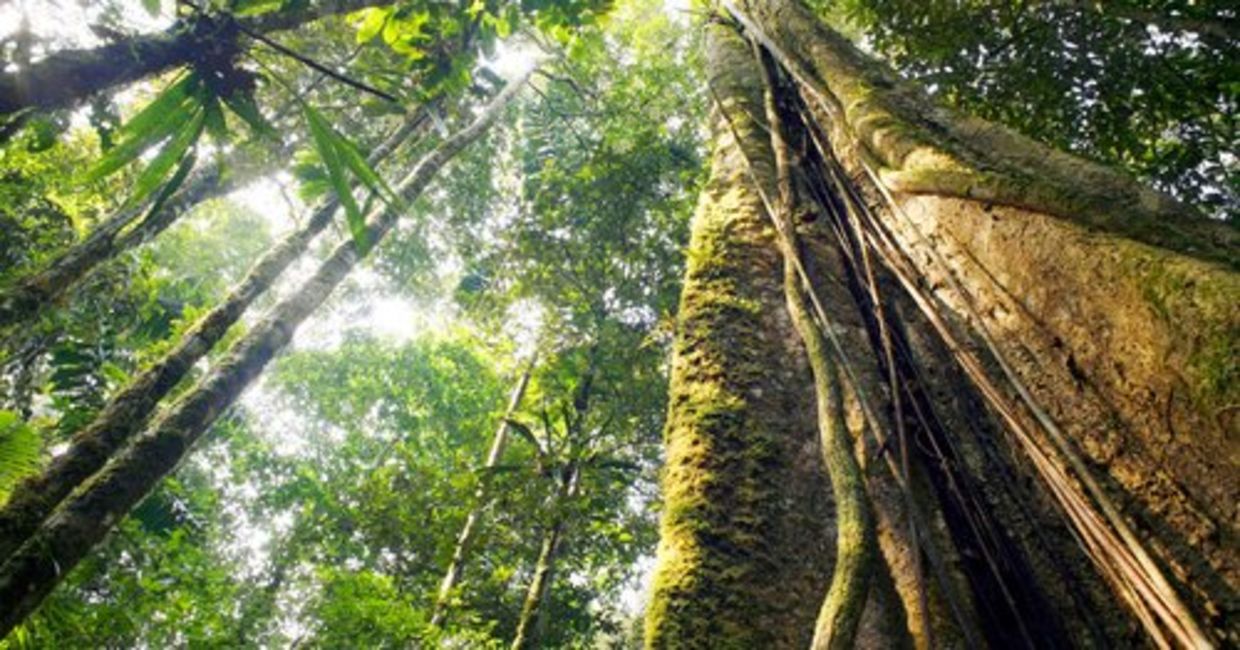
(Dr Morley Read / Shutterstock.com)
Trees are an important part of ecosystems. They absorb carbon dioxide, prevent erosion, and provide habitat and food for birds, animals, and insects, as well as medicine and sustenance for people.
Sadly, deforestation and climate change is causing a loss of trees. That’s why Jingjing Liang, professor of quantitative forest ecology at Purdue University, undertook the gigantic global project of counting all of the tree species in the world. That’s when he realized there are more tree species in the world than originally thought, according to The Guardian. And many of them are still undiscovered!
Liang worked with thousands of researchers internationally, collecting data on 38 million trees from 90 countries before publishing the research in the Proceedings of the National Academy of Sciences.
“It is a massive effort for the whole world to document our forests,” Liang told The Guardian. “Counting the number of tree species worldwide is like a puzzle with pieces spreading all over the world. We solved it together as a team, each sharing our own piece.”
Applying a code-breaking technique to trees
The findings show that 14 percent of trees are undiscovered, and one third are rare. Yet how does one acquire data from unknown information? Liang used the Good-Turing frequency estimation, a code-breaking technique from the second world war that cracked German codes for the Enigma machine. Liang resuscitated the device to determine how many trees on Earth are rare species.
It turns out that over 9,000 trees are still undiscovered in nature. In fact, as many as 4,000 undiscovered species are in South America, ecologist Peter Reich explained to MSN. Ecologists hope this incredible news will help prioritize forest conservation, especially in South America.
Forests are not merely a collection of trees; the mix of species is an important part of the forest ecosystem, according to Laing’s research paper. And as living organisms, they house rich biodiversity. Liang explained to NewScientist that simply replanting trees in deforested areas is not enough. Primary forests offer an age-old home to plants, wildlife, and indigenous communities, and are pristine ecosystems that cannot be replaced. He hopes that his research will influence the actions of conservationists.
Amazon Basin houses richest diversity on Earth
Thanks to this meticulous research, the focus must be on the Amazon Basin. The highest diversity of tree species in the world is here, with some 200 species per hectare, according to MSN. And with a warm and wet ecosystem, the forests are able to support more species than other places on Earth.
“We need to look at the forest as not just a carbon reservoir, or a resource for extraction; we should look at our forests as a habitat that contains tens of thousands of species of trees, and even a much higher number of flora and fauna – we need to pay attention to this biodiversity,” Liang told MSN.
The good news is that the planet still teems with undiscovered species. Now is the time for the world to appreciate their rich diversity and join together to protect them. As Liang wrote in NewScientist, “Together, we can truly begin to see the forest for the trees.”
YOU MIGHT ALSO LIKE:
The Giant Coastal Redwood Trees are Being Reborn
5 Ways Trees Can Enhance Wellness
Ways That we can Help the Amazon Rainforest







